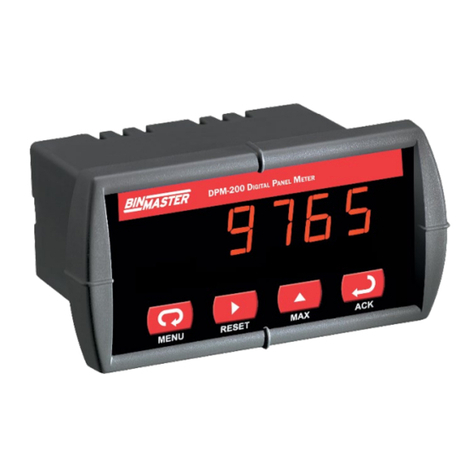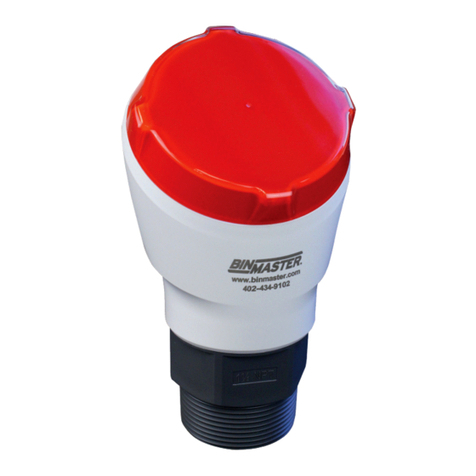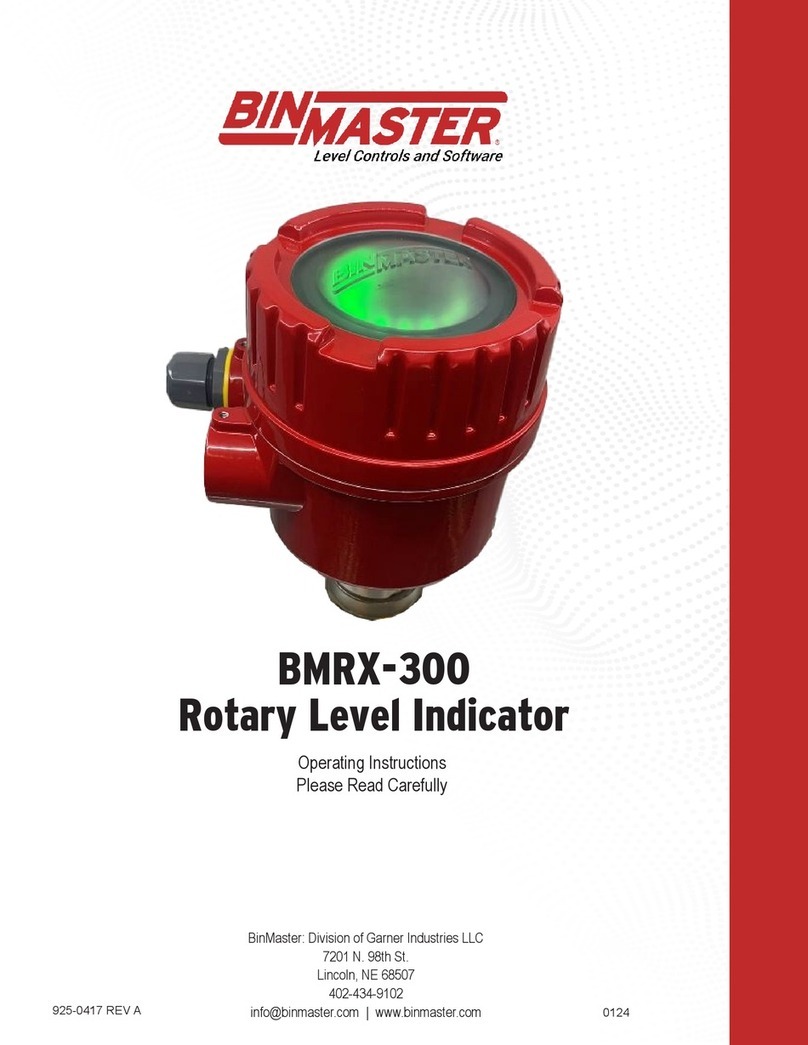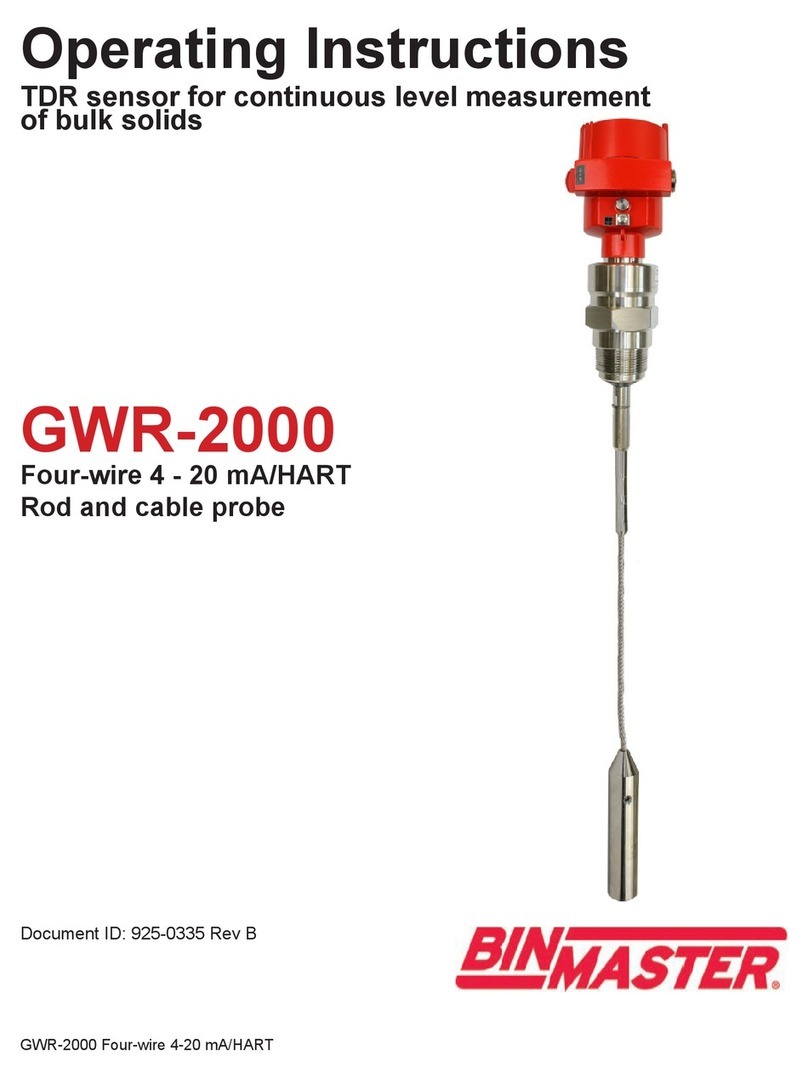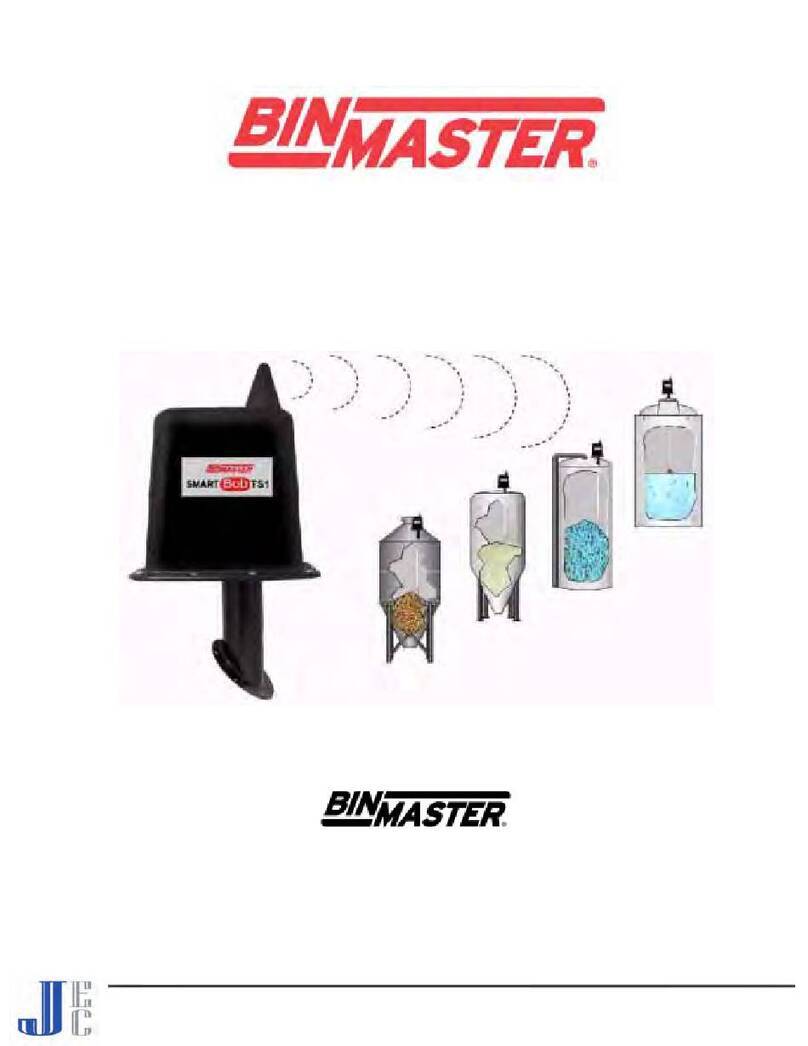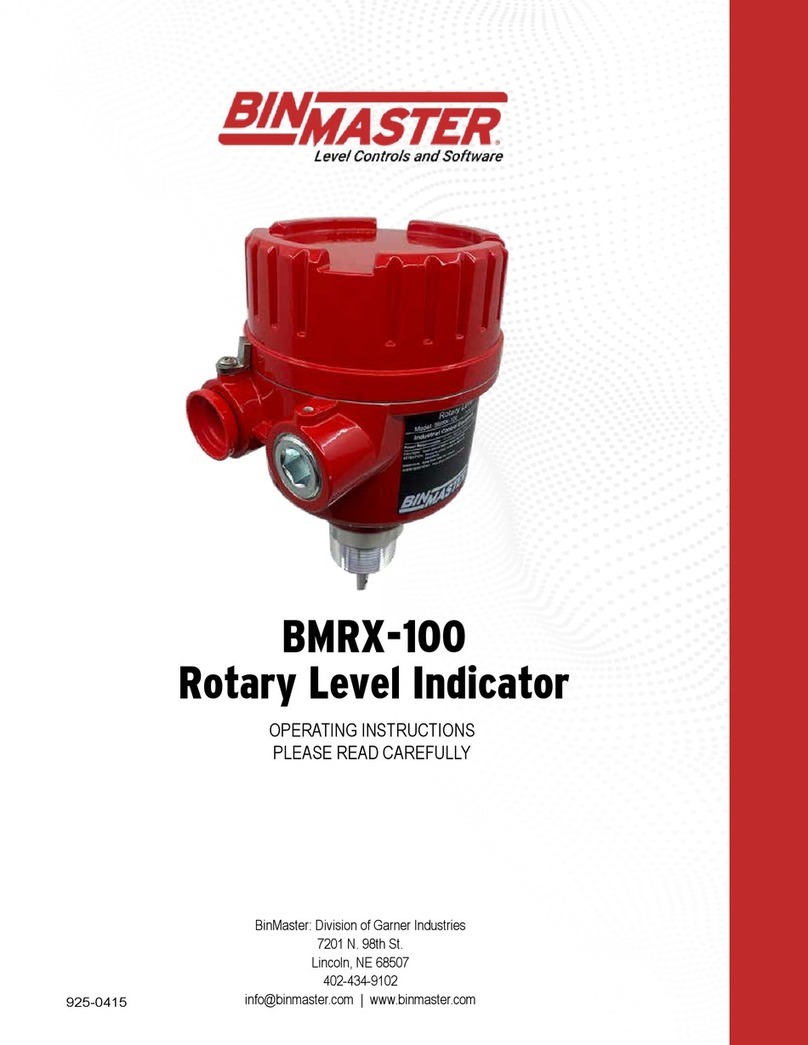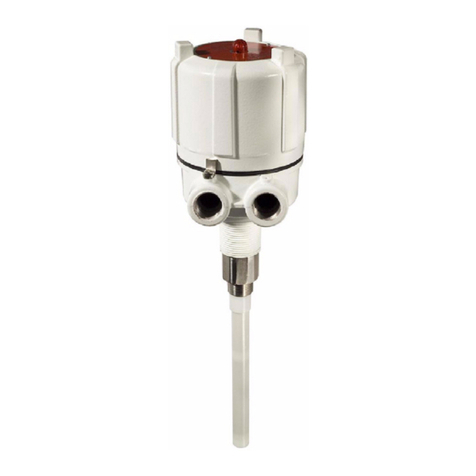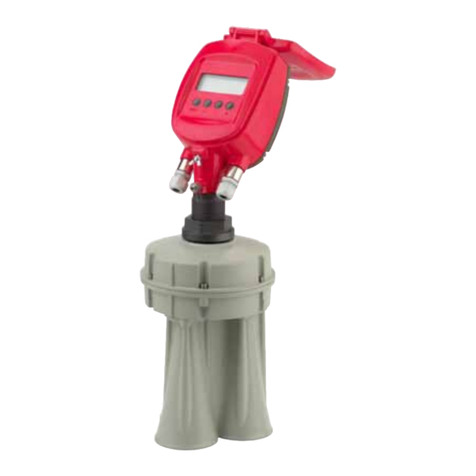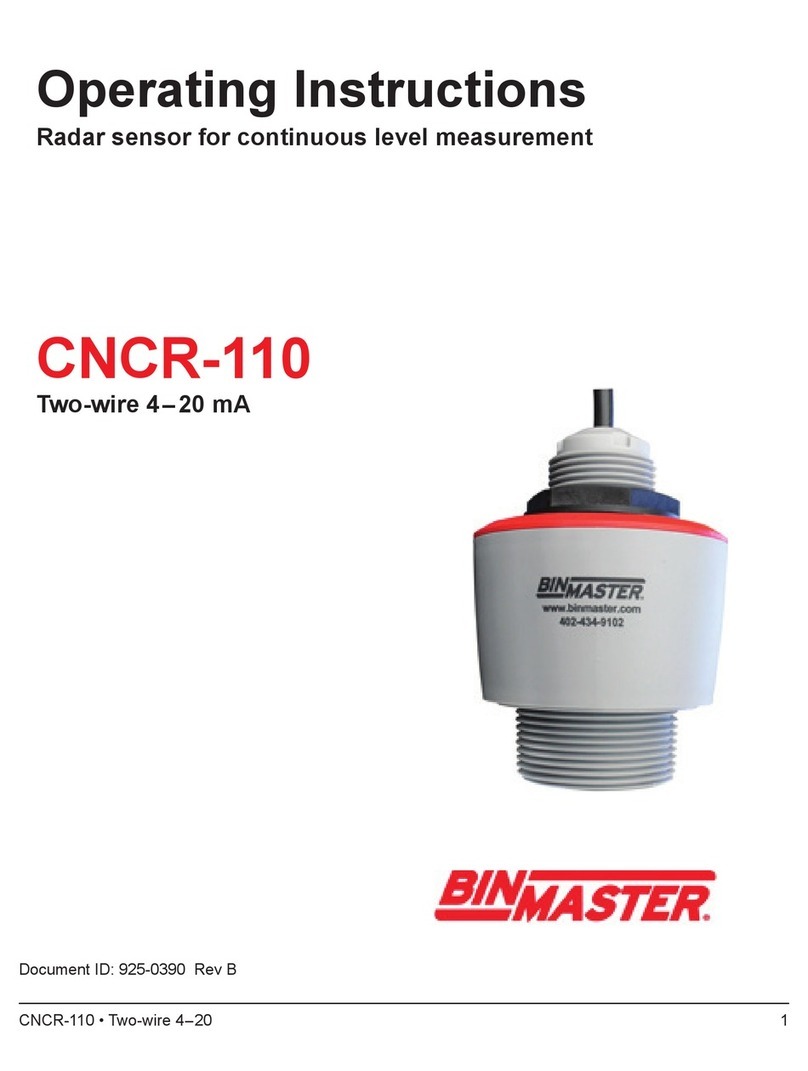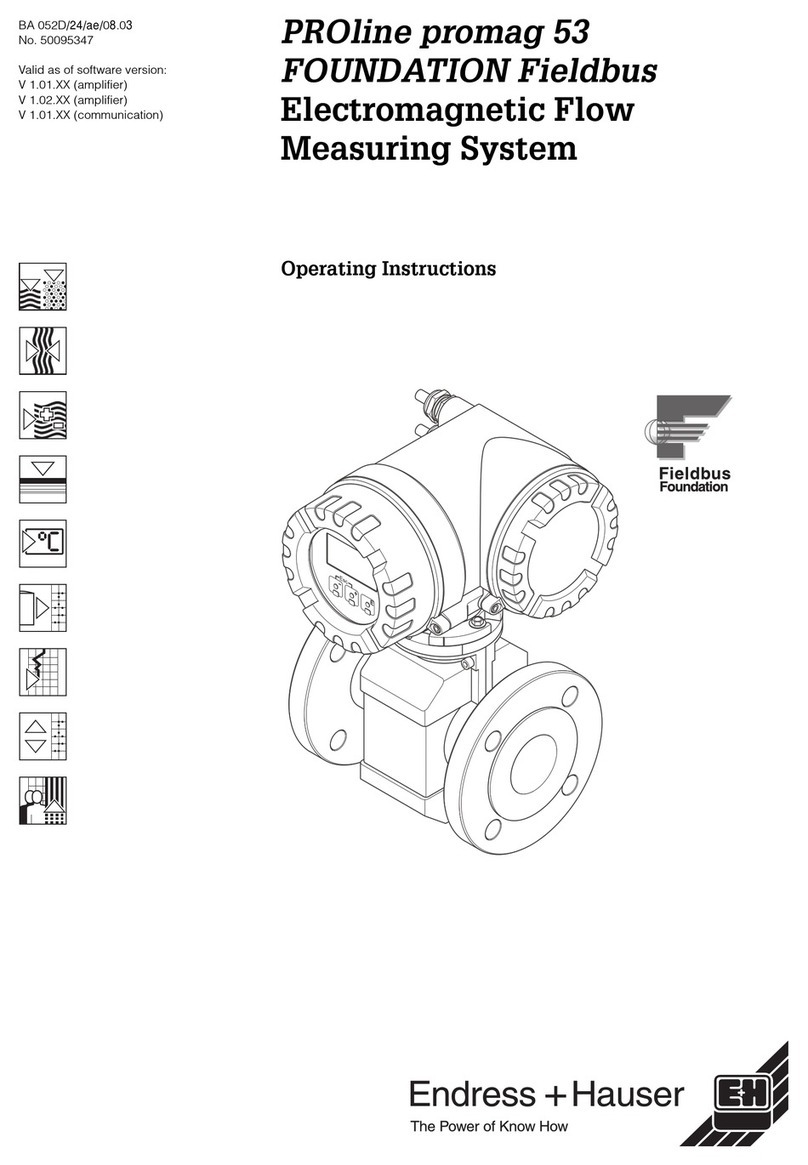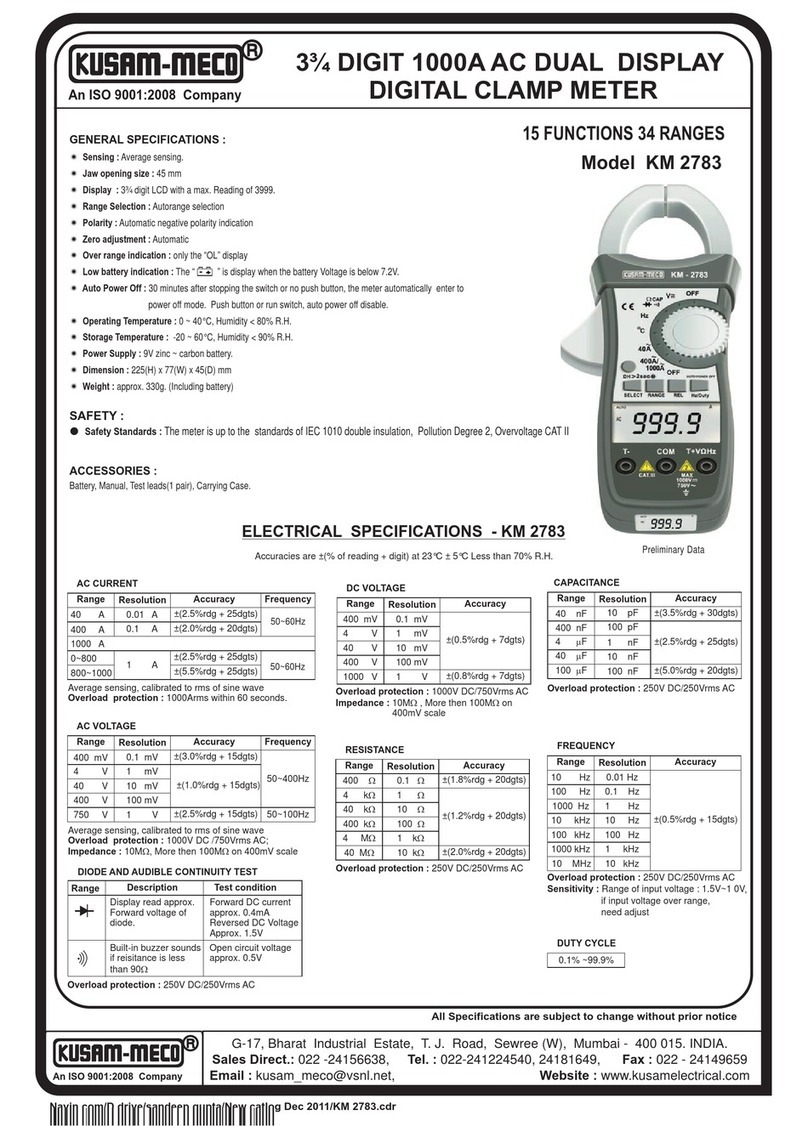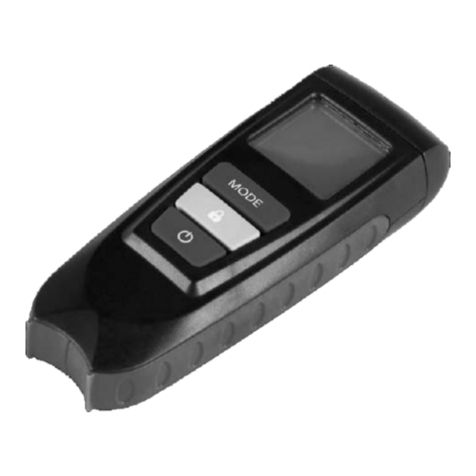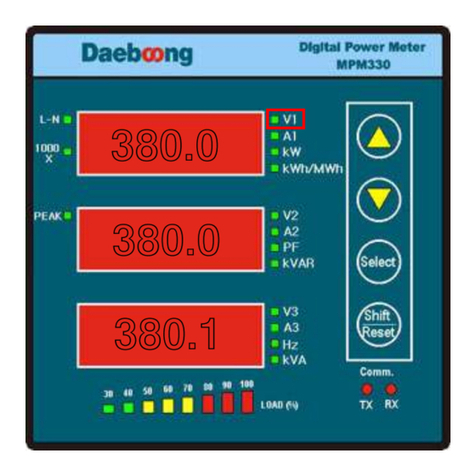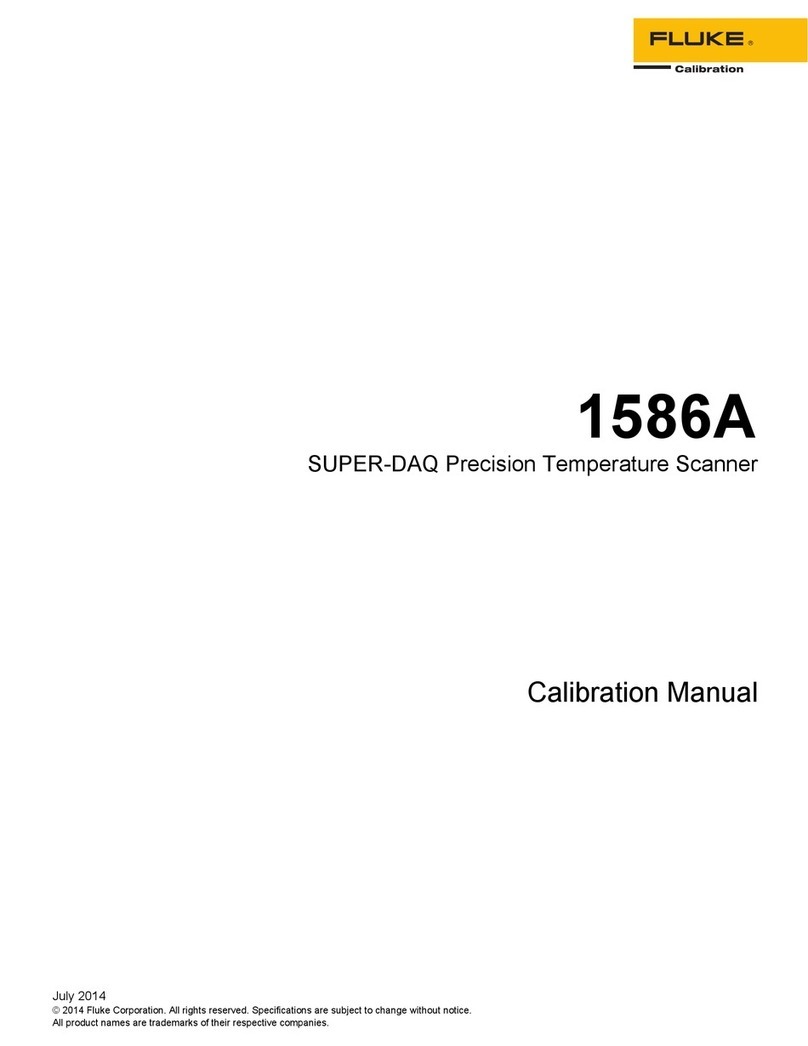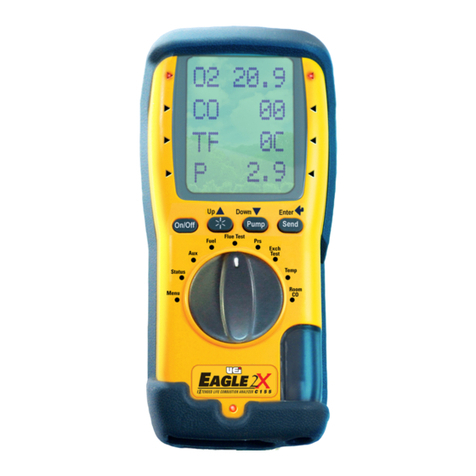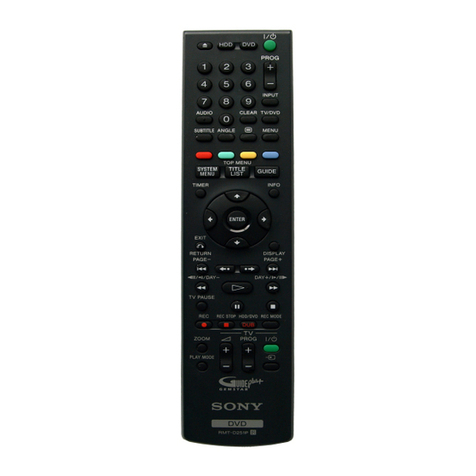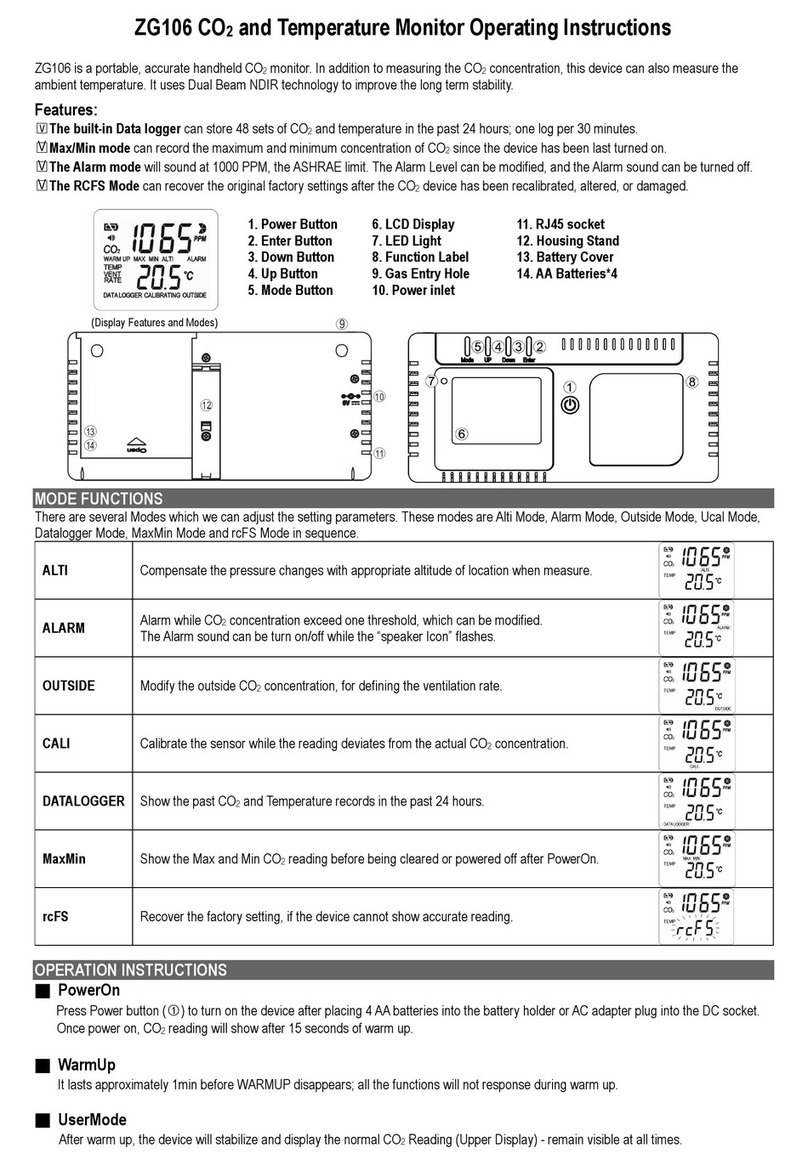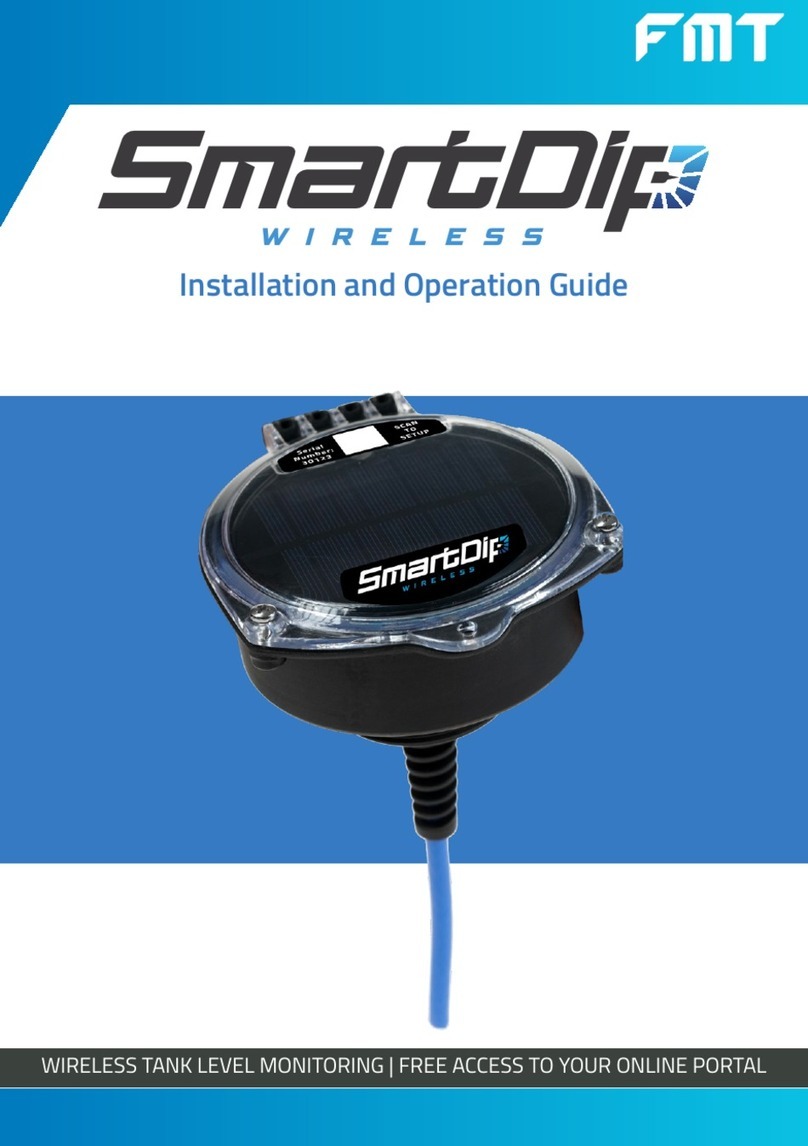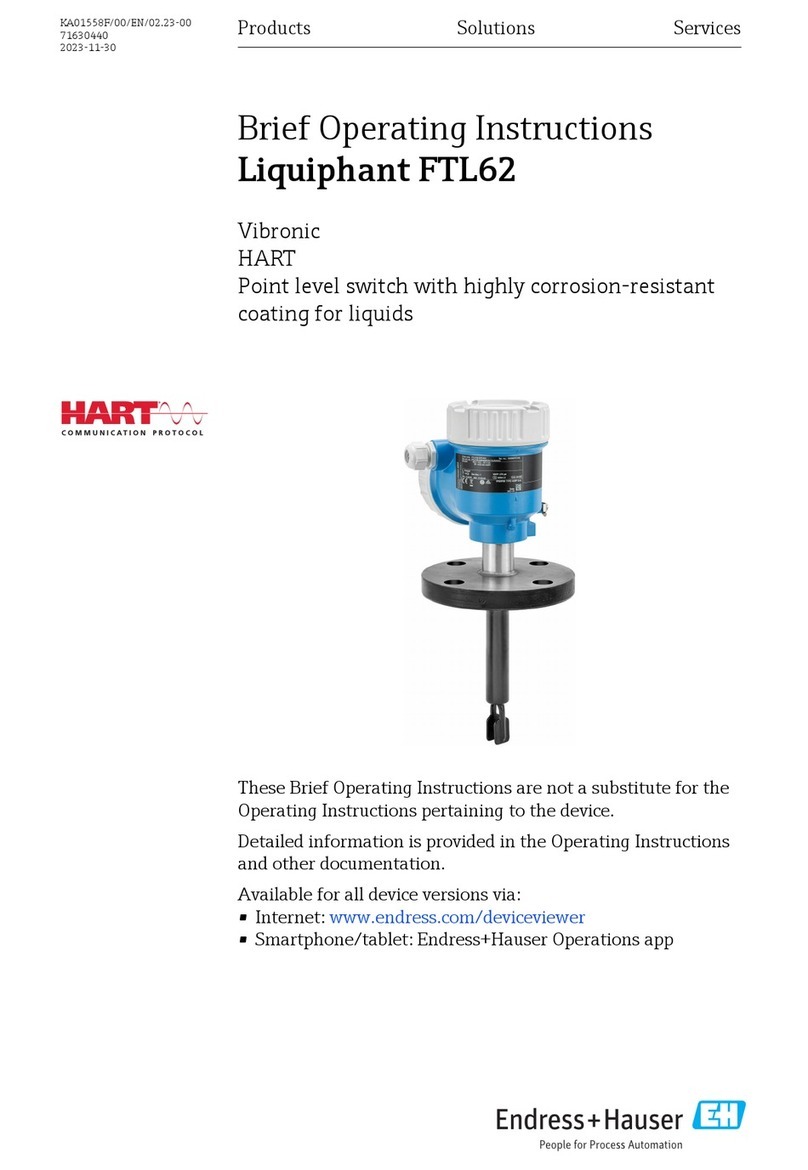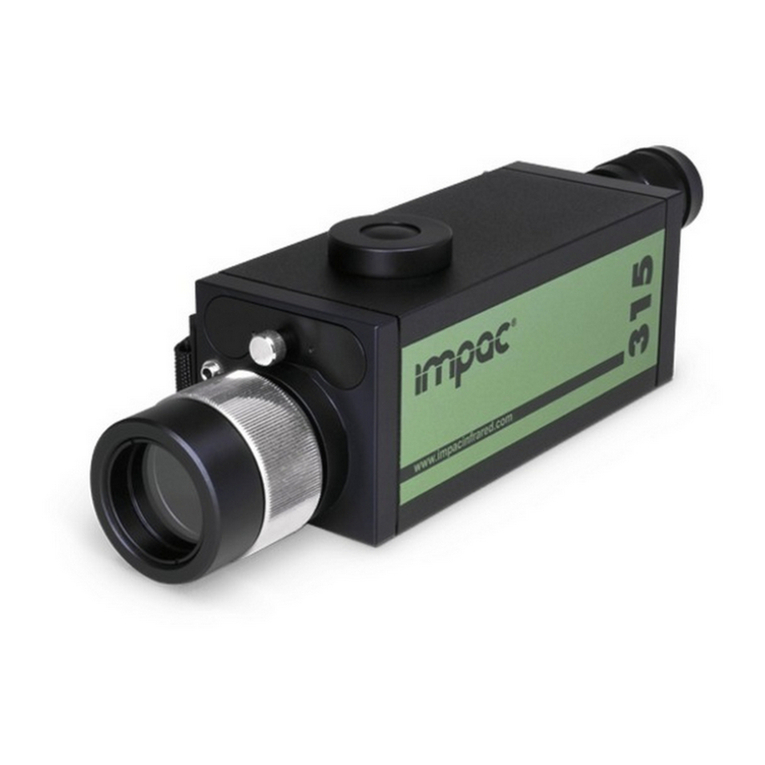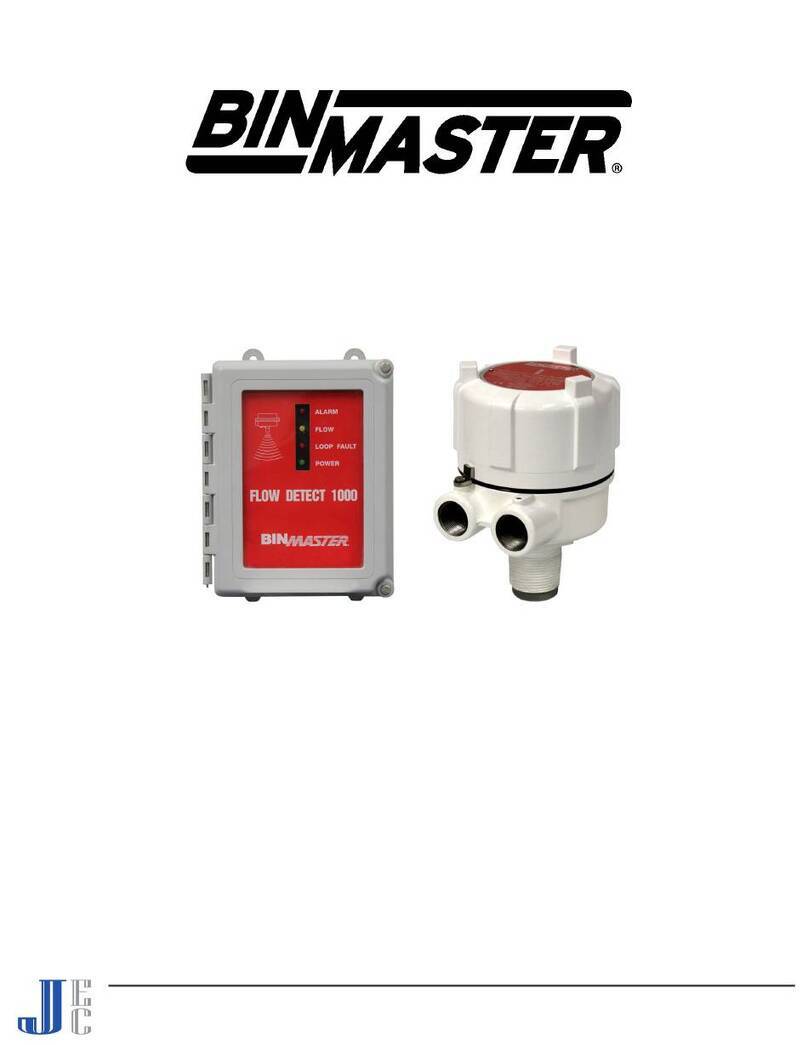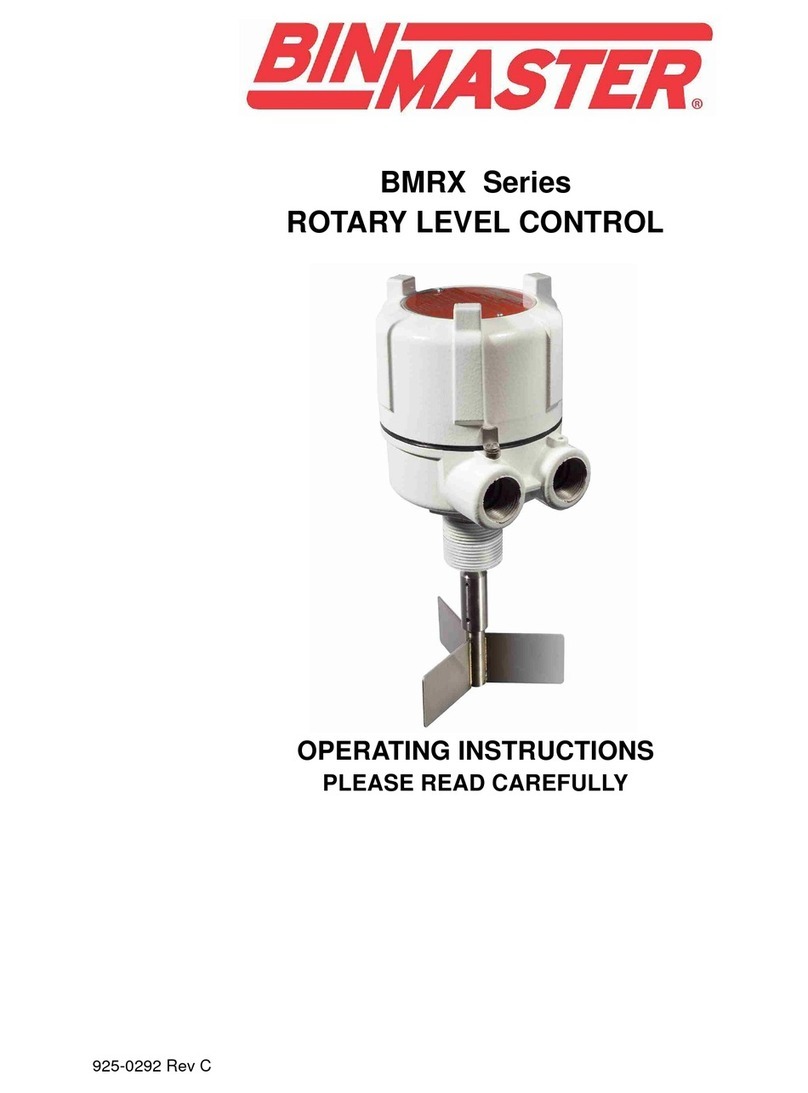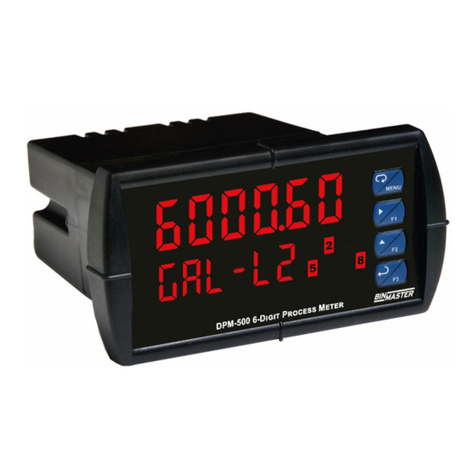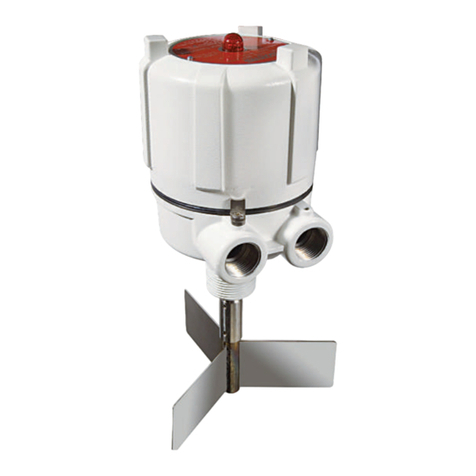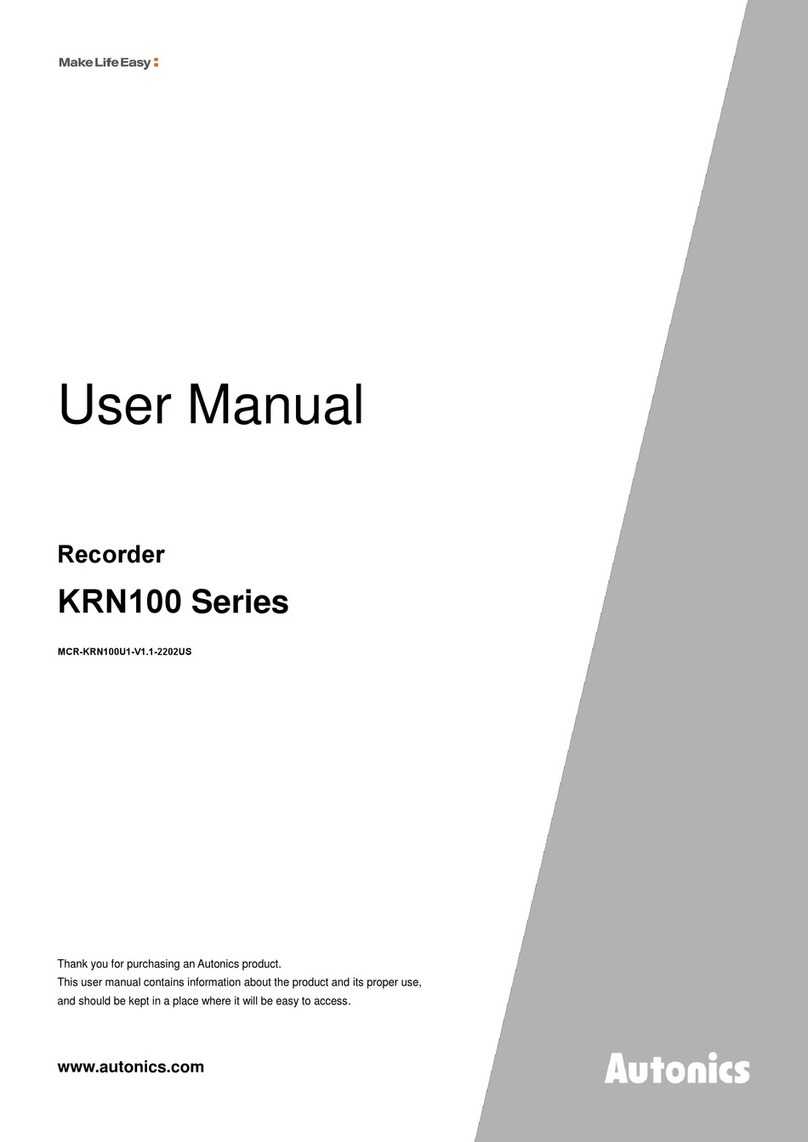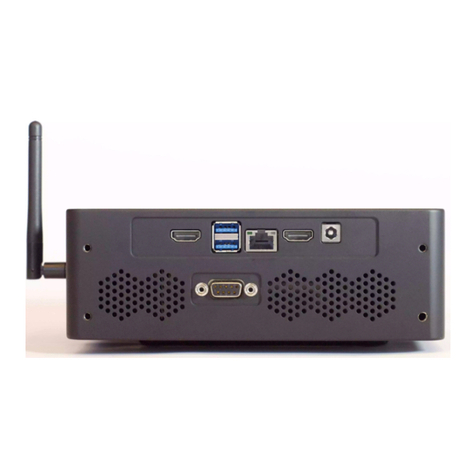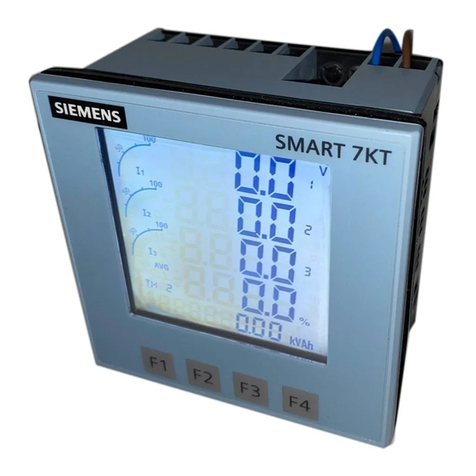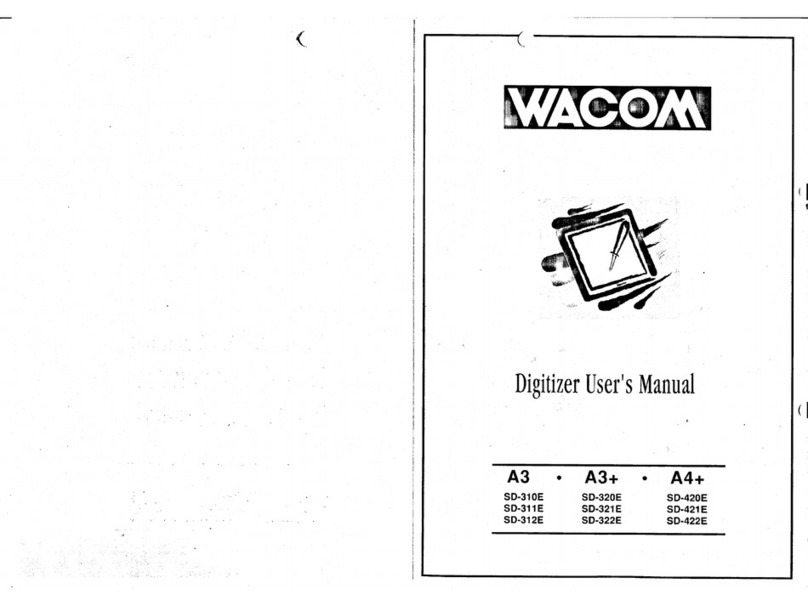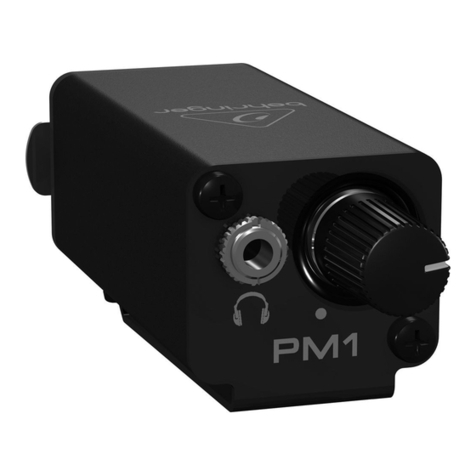
NCR-80 Four-wire 4-20 mA/HART
925-0332 Rev B
2 For your safety
7
●This device shall be installed and maintained to ensure a vertically downward orientation of
the transmit antenna’s main beam. Furthermore, the use of any mechanism that does not al-
low the main beam of the transmitter to be mounted vertically downward is prohibited.
●This device shall be installed only at xed locations. The LPR device shall not operate while
being moved or while inside a moving container.
●Hand-held applications are prohibited.
●Marketing to residential consumers is prohibited.
Changes or modications not expressly approved by the manufacturer could void the user’s au-
thority to operate this equipment.
2.9 Radio license for Canada
This approval is only valid for Canada. Hence the following texts are only available in the En-
glish/French language.
This device complies with Industry Canada license-exempt RSS standard(s). Operation is sub-
ject to the following conditions:
●This device may not cause interference, and
●This device must accept any interference, including interference that may cause undesired
operation of the device
●Installation of LPR device shall be done by trained installers, in strict compliance with the
manufacturer’s instructions
●The use of this device is on a “no-interference, no-protection” basis. That is, the user shall
accept operations of high-powered radar in the same frequency band which may interfere
with or damage this device. However, level probing devices found to interfere with primary
licensing operations will be required to be removed at the user’s expense
●This device shall be installed and maintained to ensure a vertically downward orientation of
the transmit antenna´s main beam
●This device shall be installed only at xed locations. The LPR device shall not operate while
beeing moved or while inside a moving container
Le présent appareil est conforme aux CNR d’Industrie Canada applicables aux appareils radio
exempts de licence. L’exploitation est autorisée aux deux conditions suivantes:
●L’appareil ne doit pas produire de brouillage , et
●L’utilisateur de l’appareil doit accepter tout brouillage radioélectrique subi, même si le brouil-
lage est susceptible d’en compromettre le fonctionnement
●L’installation de l’appareil LPR doit être faite par des installateurs expérimentés dans le re-
spect des instructions du fabricant
●Cet appareil s’utilise en “non-interférence, non-protection”. Ceci veut dire que l’utilisateur ac-
cepte le fonctionnement de radars de
haute puissance agissant dans la même bande de fréquence et pouvant interférer avec cet
appareil ou l’endommager. Toutefois, les appareils de test de niveau qui interfèrent avec les
opérations primaires de prise de licence devront être retirés aux frais de l’utilisateur.
●Cet appareil doit être installé et entretenu de manière à assurer une orientation verticale
vers le bas du faisceau principal de l’antenne de transmission • Cet appareil ne doit être in-
stallé qu’à des emplacements xes. L’appareil LPR ne doit pas fonctionner pendant qu’il se
déplace ou se trouve dans un conteneur en mouvement




















